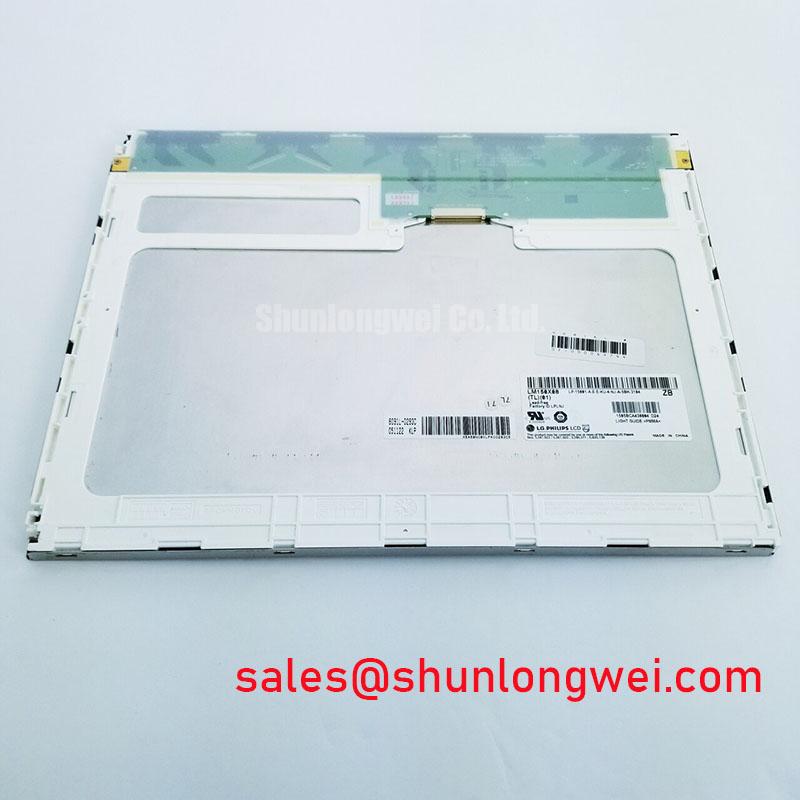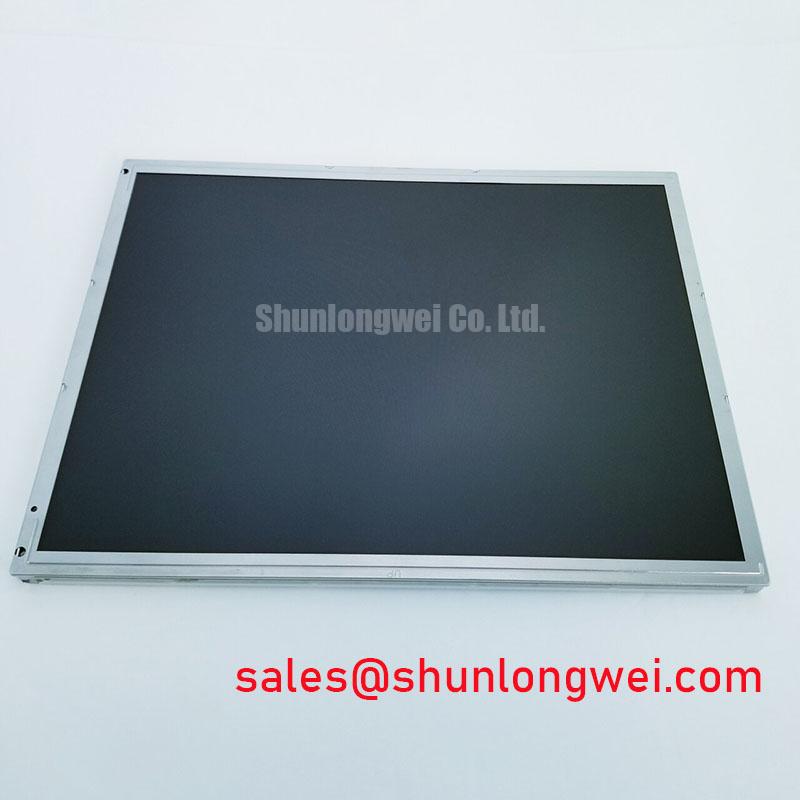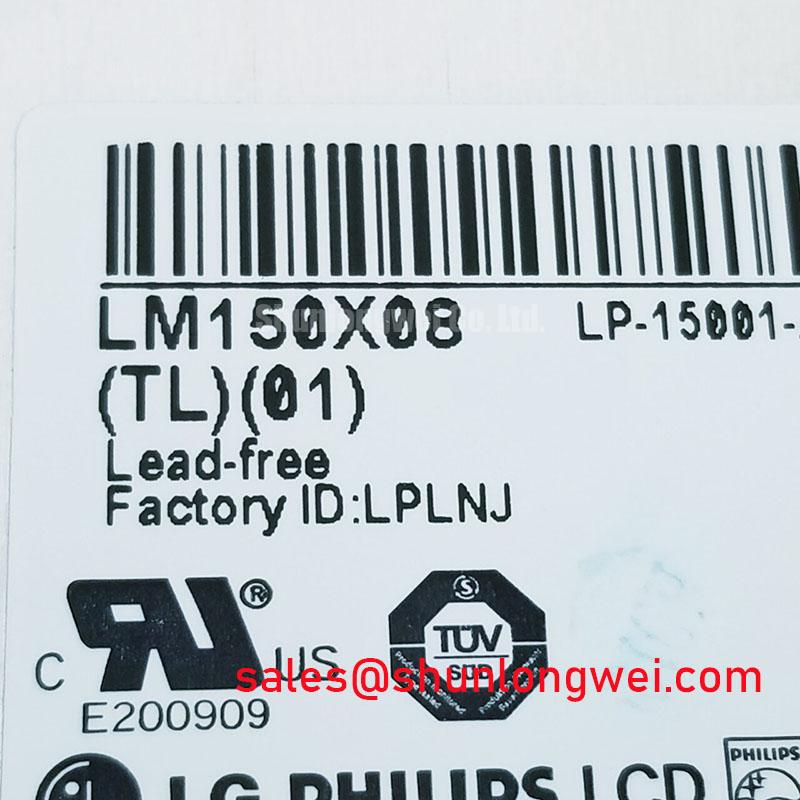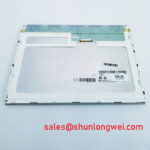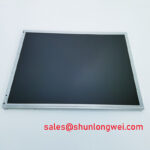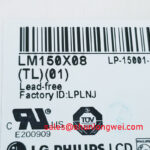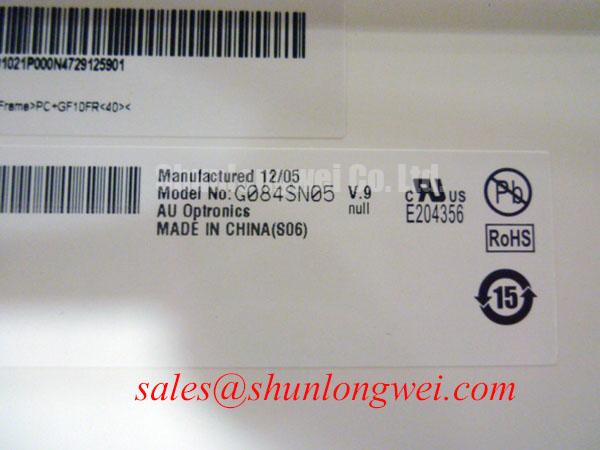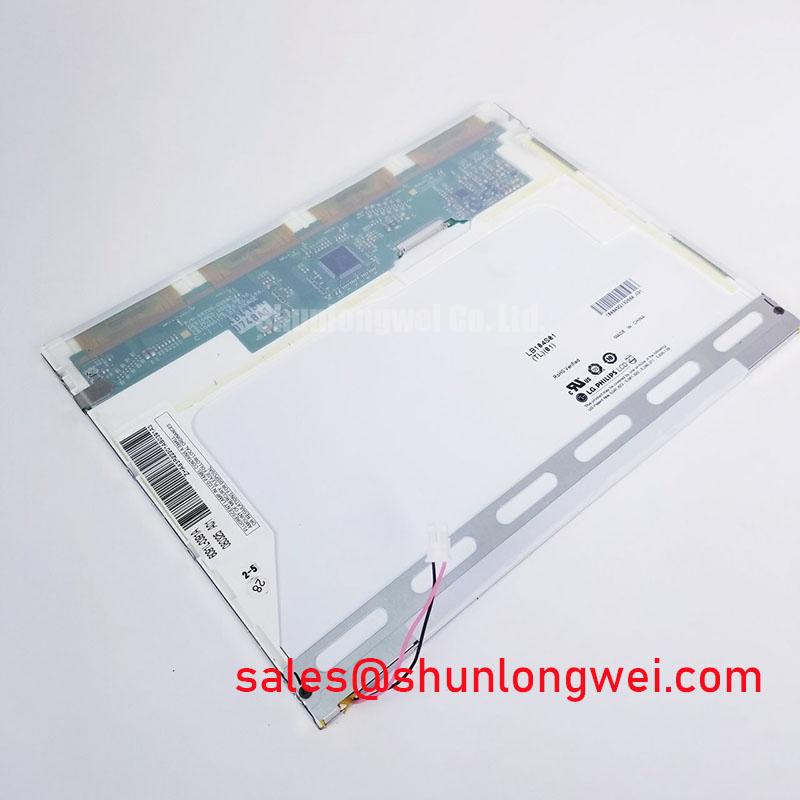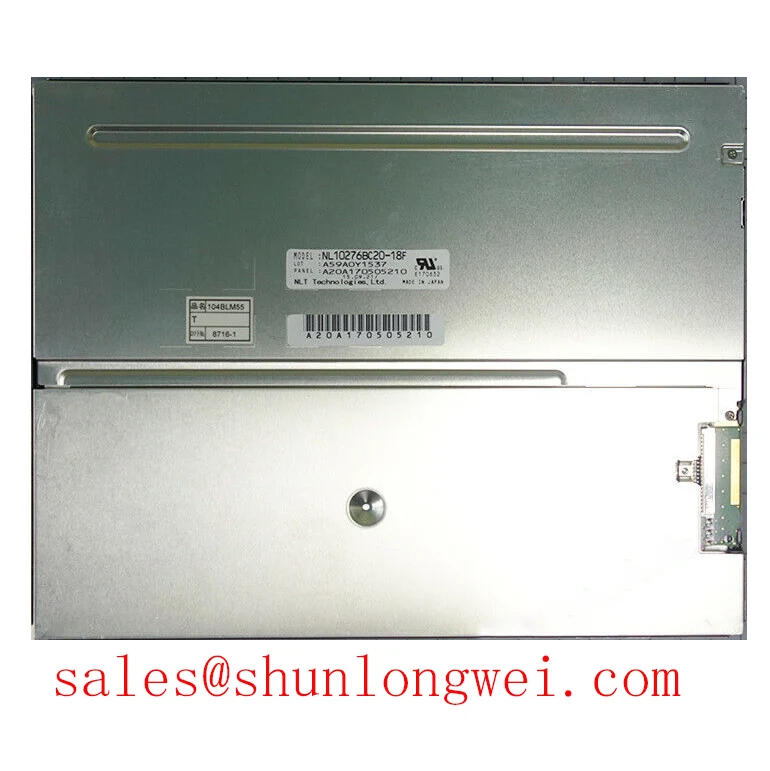LM150X08-TL01: Technical Review of the 15.0" XGA LVDS TFT-LCD Display
Content last revised on October 13, 2025.
The LM150X08-TL01 is a 15.0-inch XGA a-Si TFT-LCD engineered for seamless integration, prioritizing reliability in industrial and medical systems. Featuring key specifications of 1024x768 Resolution | LVDS (1ch, 6-bit) Interface | 250 cd/m² Brightness, this display offers simplified system integration and enhanced readability via its anti-glare surface. What is the main benefit of the standard LVDS interface? It simplifies integration with existing controller boards. Best suited for legacy system upgrades and new designs requiring proven XGA compatibility, the LG Display LM150X08-TL01 provides a stable and reliable visualization solution.
Key Parameter Overview
Decoding the Specifications for Seamless System Integration
The technical specifications of the LM150X08-TL01 are tailored for straightforward implementation into a wide range of systems. The combination of a standard resolution and a widely adopted electrical interface minimizes the need for extensive hardware or software redevelopment. Its contrast ratio ensures that graphical user interfaces and data readouts are clear and legible. Think of a contrast ratio of 450:1 as the difference between charcoal gray and bright white paper; this distinction is crucial for reducing operator error and ensuring data is interpreted correctly at a glance.
| Parameter | Specification | Engineering Value |
|---|---|---|
| Screen Size | 15.0 inches | Provides ample viewing area for complex HMIs and data visualization. |
| Resolution | 1024x768 (XGA) | Industry-standard 4:3 aspect ratio ensures compatibility with legacy software and systems. |
| Display Technology | a-Si TFT-LCD, TN, Normally White | A mature and reliable technology providing cost-effective and consistent performance. |
| Surface Treatment | Antiglare, Hard coating (3H) | Improves readability in varied ambient lighting and adds a layer of physical durability. |
| Brightness | 250 cd/m² (Typ.) | Sufficient for indoor industrial and medical environments. |
| Contrast Ratio | 450:1 (Typ.) | Ensures clear differentiation between on-screen elements for improved legibility. |
| Interface | LVDS (Low Voltage Differential Signaling), 1 channel, 6-bit | Simplifies electrical integration and reduces EMI, compatible with a vast ecosystem of controller boards. |
| Backlight | CCFL | Offers stable color performance, a key consideration for certain diagnostic applications. |
| Operating Temperature | 0°C to 50°C | Suitable for controlled environments typical in medical labs and factory control rooms. |
Download the LM150X08-TL01 datasheet for detailed specifications and performance curves.
Application Scenarios & Value
System-Level Benefits in Industrial and Medical Equipment Lifecycle Management
The LM150X08-TL01 delivers significant value in applications where long-term reliability and backward compatibility are paramount. Its design directly addresses the challenges faced by engineers responsible for maintaining or upgrading capital-intensive equipment. What is the benefit of its anti-glare surface? It improves readability in diverse industrial lighting, reducing operator fatigue.
A prime use case is the refurbishment of an aging industrial HMI on a CNC machine or process controller. When the original display fails, a full system replacement is often cost-prohibitive. The LM150X08-TL01, with its standard XGA resolution and ubiquitous LVDS Interface, can often serve as a near drop-in replacement. This allows engineers to extend the operational life of valuable machinery, preserving the investment in the host system's software and control hardware. The result is a significant reduction in total cost of ownership (TCO) and minimized production downtime. While the LM150X08-TL01 is ideal for maintaining compatibility in existing systems, designs requiring higher brightness and an LED backlight might consider a panel like the G150XNE-L01.
Technical Deep Dive
A Closer Look at the Pressure-Contact Design for Long-Term Reliability
This module focuses on extending the life of critical systems. Consider the upgrade of a legacy medical diagnostic station where the original display is no longer manufactured. The primary challenge is to replace the visualization component without forcing a complete, and costly, re-validation of the entire medical device.
An engineer specifies the LM150X08-TL01 because its core attributes—the 15.0-inch diagonal, XGA (1024x768) pixel format, and standard 20-pin LVDS connector—align perfectly with the legacy system's architecture. This alignment is critical. It obviates the need for mechanical redesign of the device's housing and, more importantly, allows for the reuse of the existing LVDS controller board and its validated graphics drivers. The viewing angles (60°/60° Left/Right, 45°/55° Up/Down) define the "cone of visibility," which is a key ergonomic parameter for technicians who may be viewing the screen from off-center positions. This ensures that diagnostic information remains clear and color-accurate from various operational stances. The ultimate system-level benefit is a rapid, cost-effective upgrade that extends the device's service life by years, maximizing the return on the original capital investment and avoiding lengthy regulatory recertification processes.
FAQ
What is the primary advantage of the 1-channel, 6-bit LVDS interface on the LM150X08-TL01?
The primary advantage is its widespread compatibility with a vast range of off-the-shelf single-board computers and dedicated display controller boards. This simplifies the design process, reduces development time, and lowers electromagnetic interference (EMI) compared to older parallel interfaces.
How does the anti-glare (AG) surface treatment benefit its use in an industrial environment?
The anti-glare surface diffuses reflections from overhead lighting or ambient light sources. In a factory or lab setting, this significantly improves screen readability, reduces eye strain for operators who monitor the display for extended periods, and minimizes errors caused by misinterpreting washed-out data.
Is the CCFL backlight still a viable option for new designs?
While LED backlights are now standard for power efficiency and thinness, CCFL technology is a proven, mature solution known for its stable color rendering and long operational history. For specific medical or industrial applications where color fidelity is critical and the design is already qualified with a CCFL inverter, it remains a reliable and predictable choice.
What controller board considerations are necessary for the XGA (1024x768) resolution?
Engineers should ensure their selected graphics controller or single-board computer can natively output a 1024x768 signal via a 1-channel, 6-bit LVDS port. The timing parameters for the controller must align with those specified in the LM150X08-TL01 datasheet to ensure a stable image.
Strategic Value in Lifecycle Management
The LM150X08-TL01 demonstrates the strategic importance of components that prioritize compatibility and reliability over cutting-edge specifications. For system architects and lifecycle managers in the industrial and medical fields, this TFT-LCD module represents a crucial tool for extending the value of existing assets, ensuring operational continuity and maximizing return on investment.

